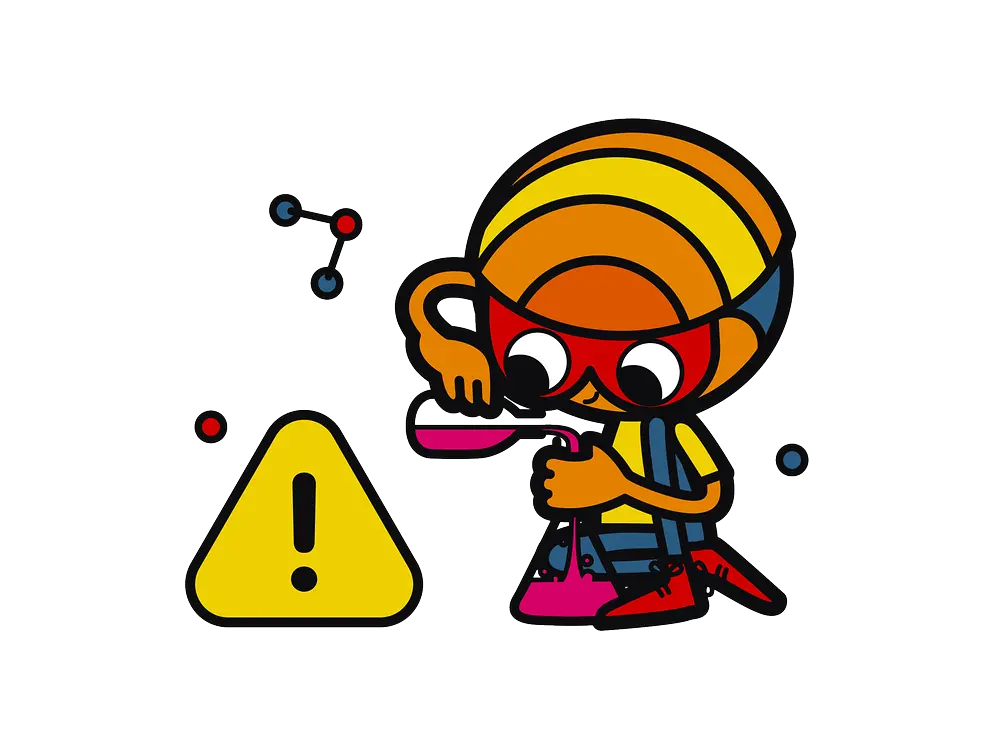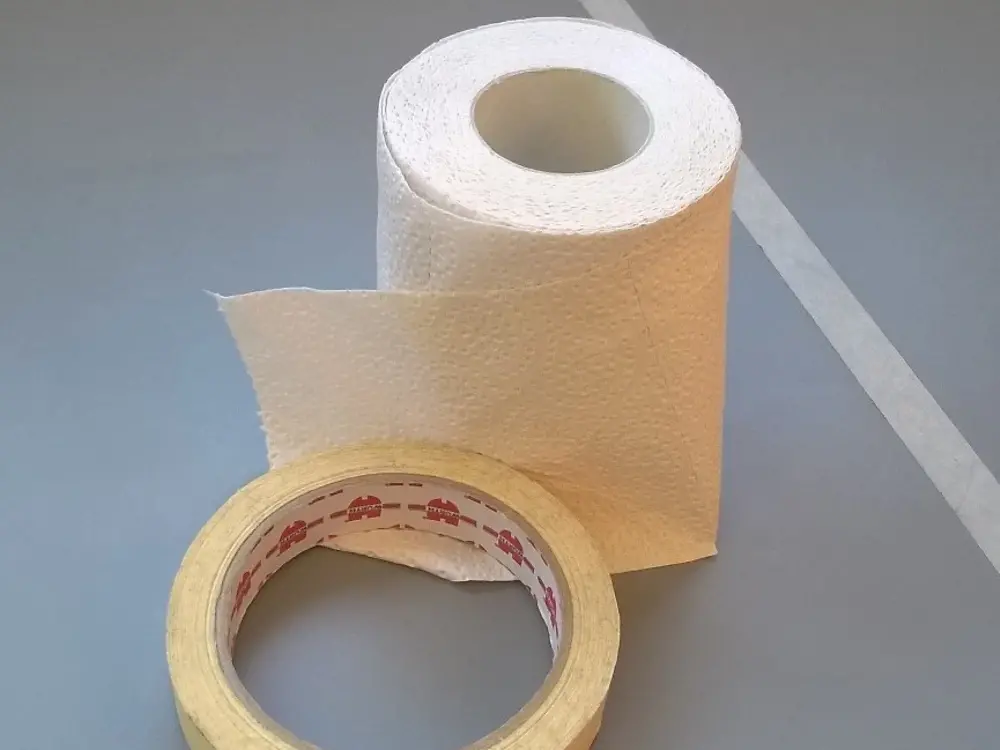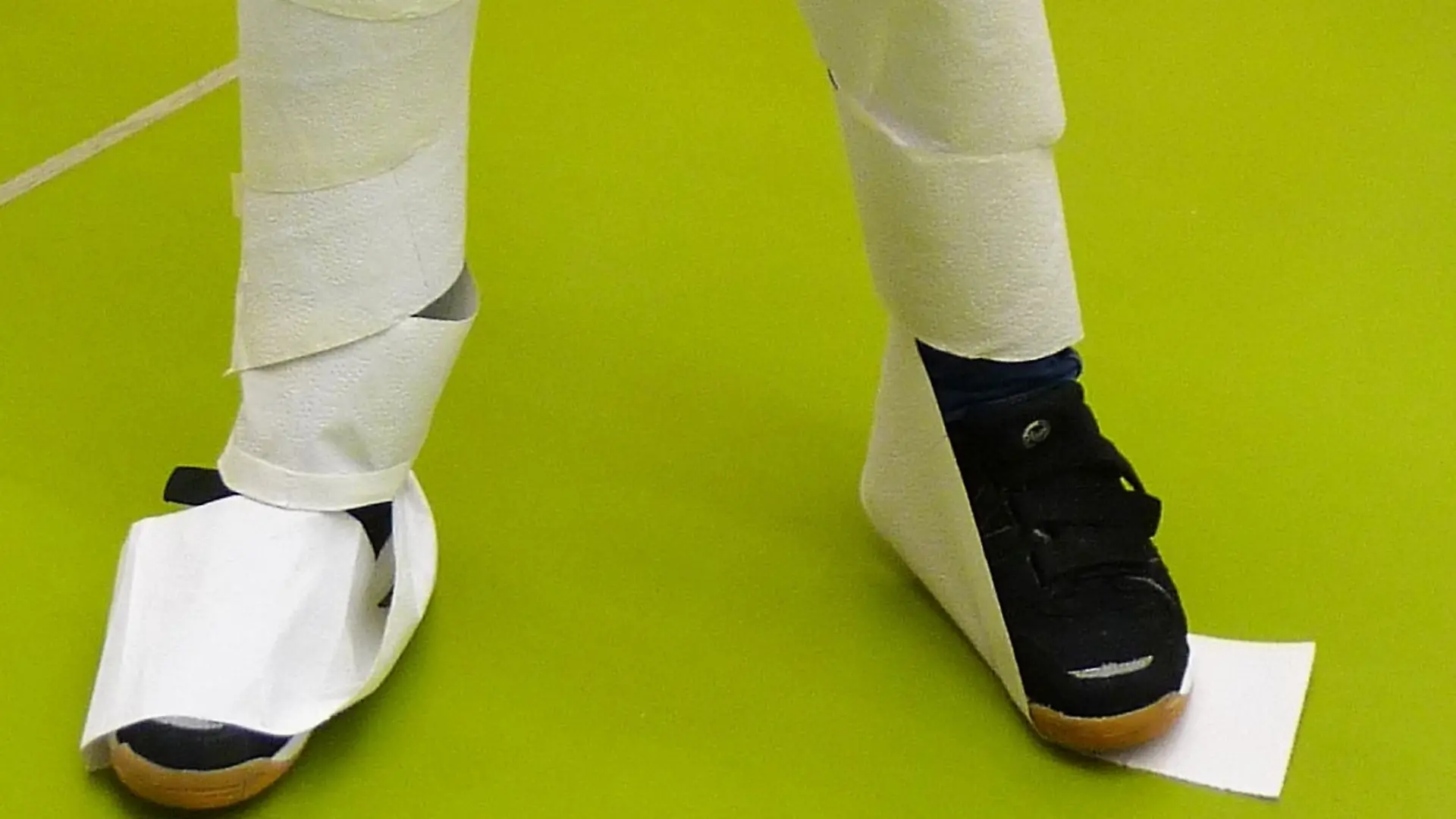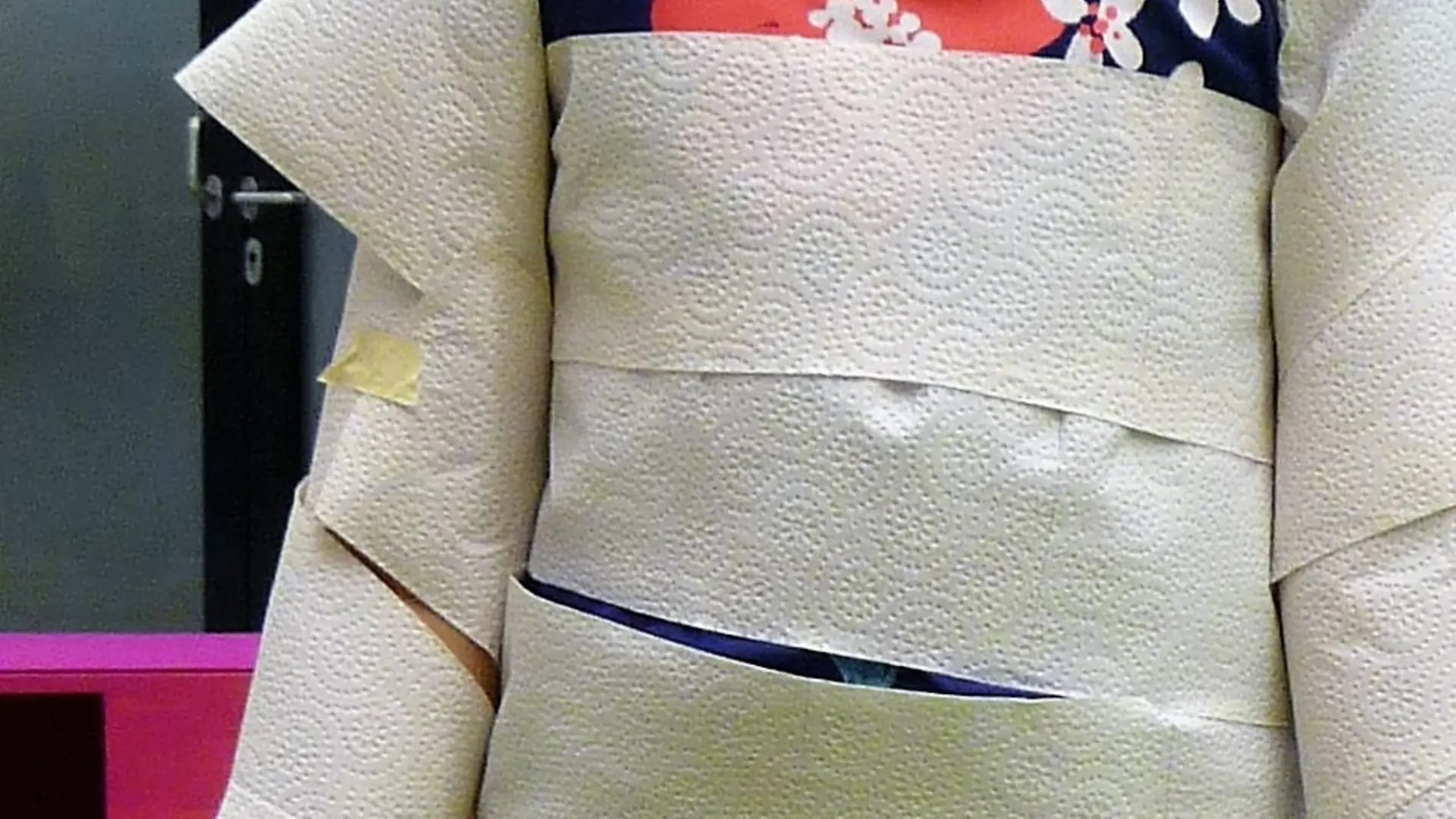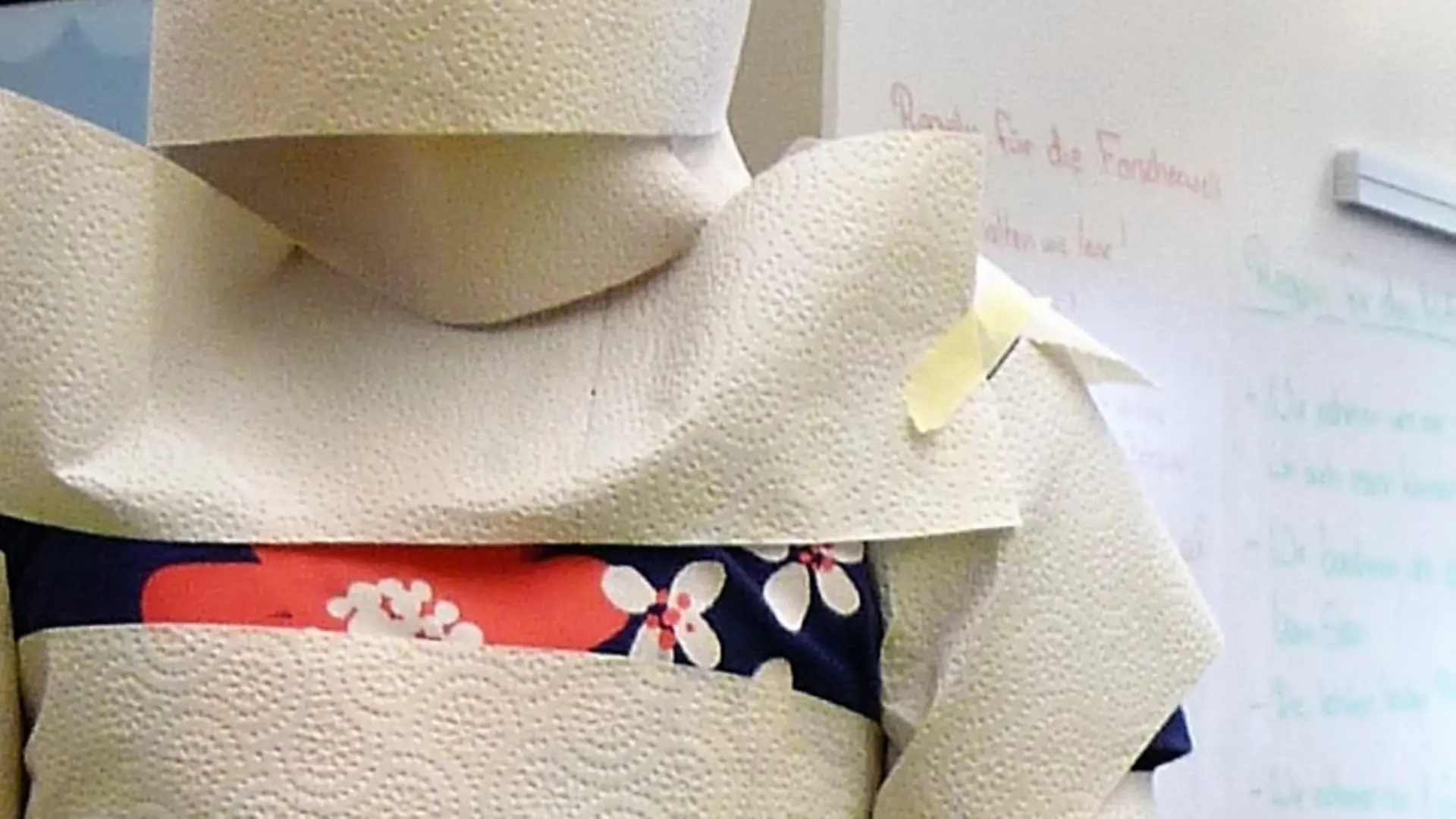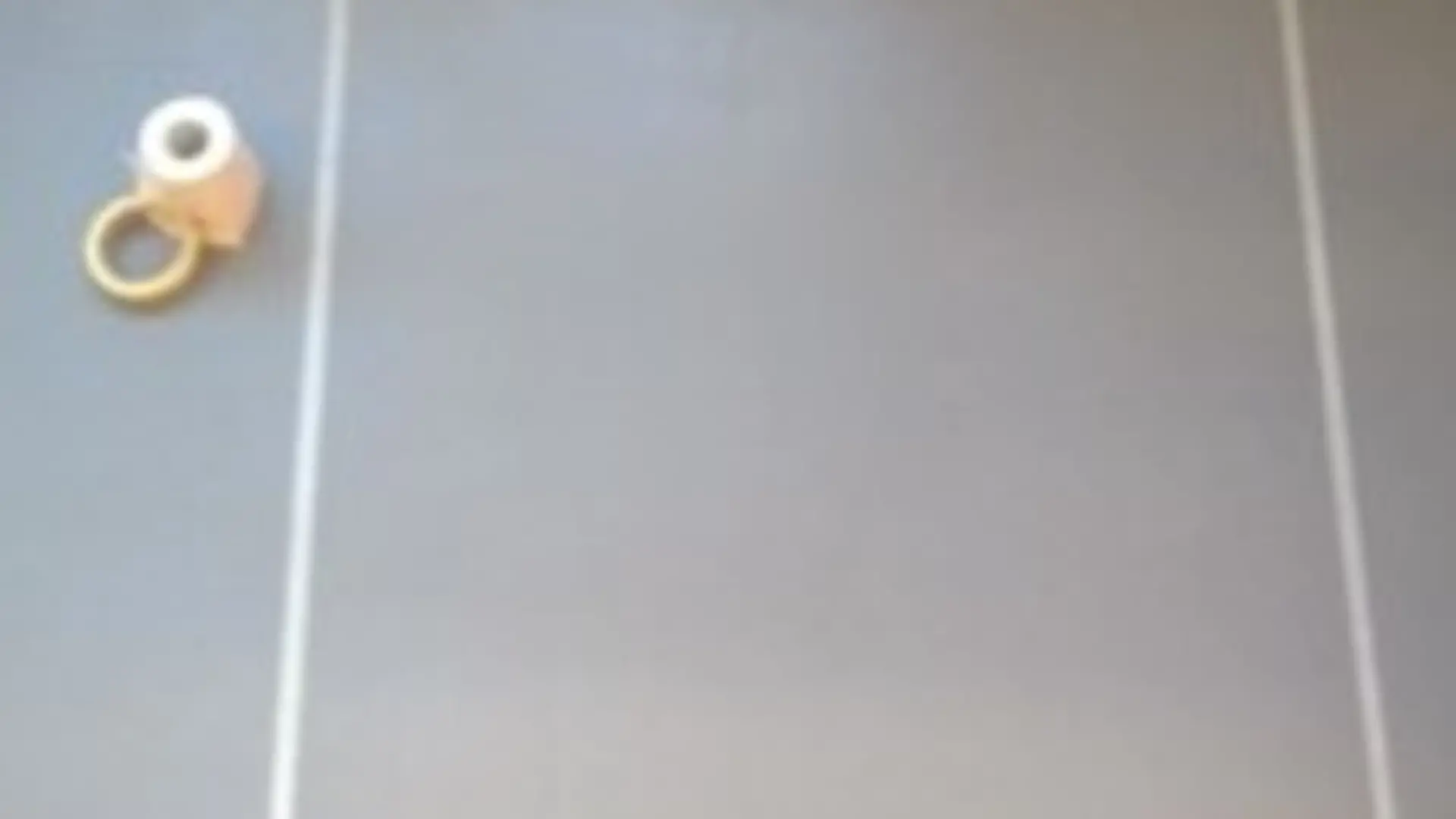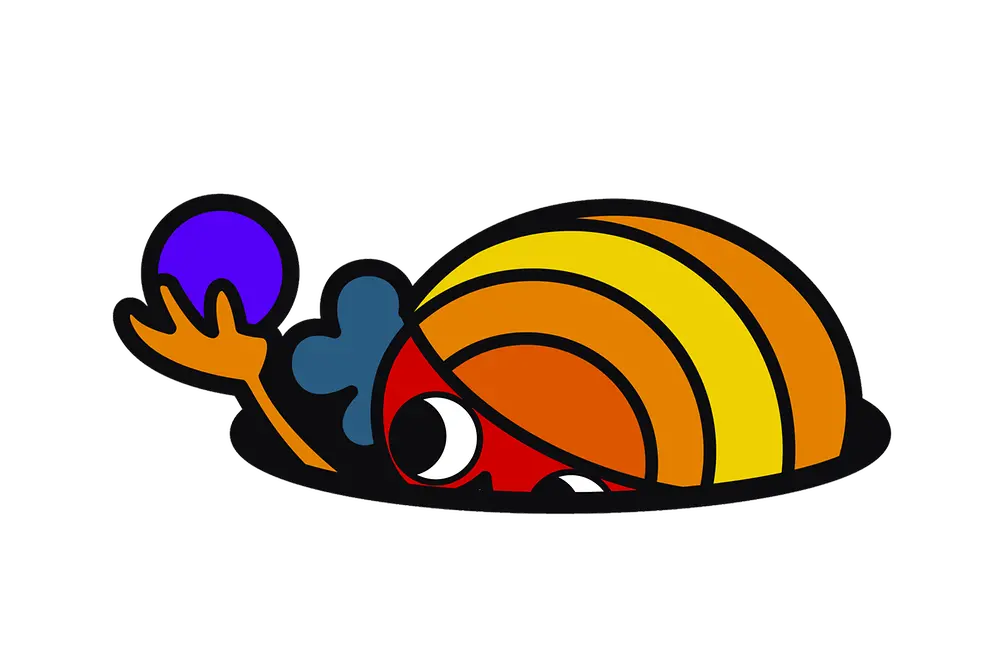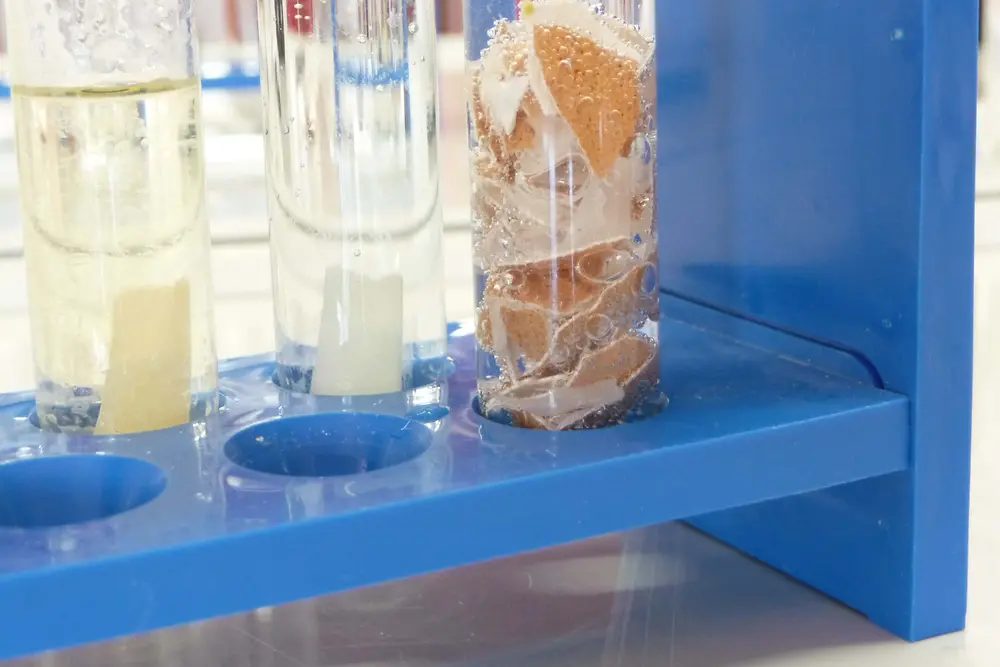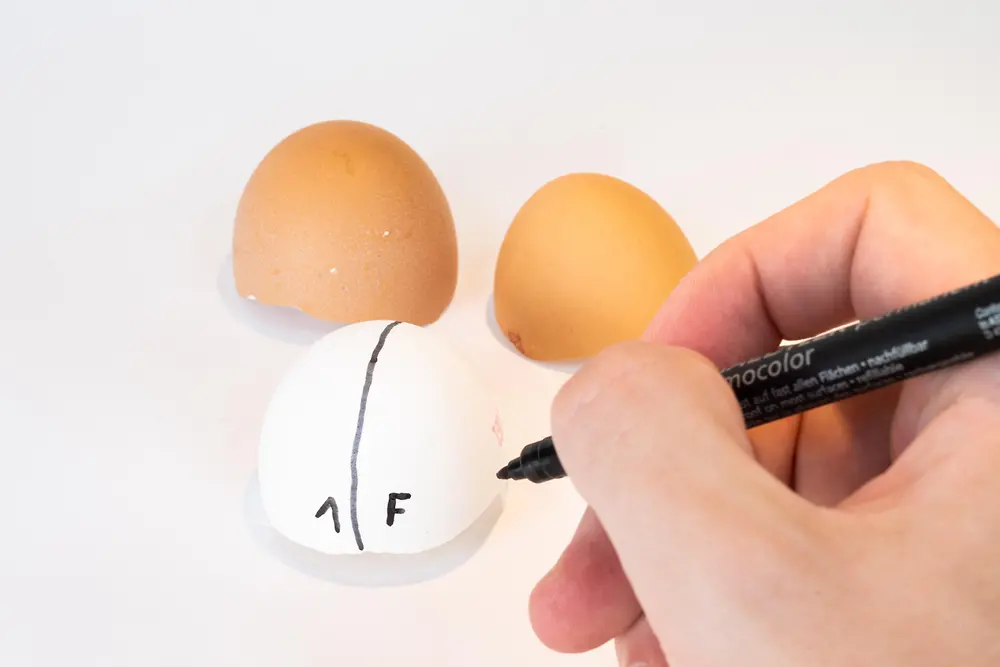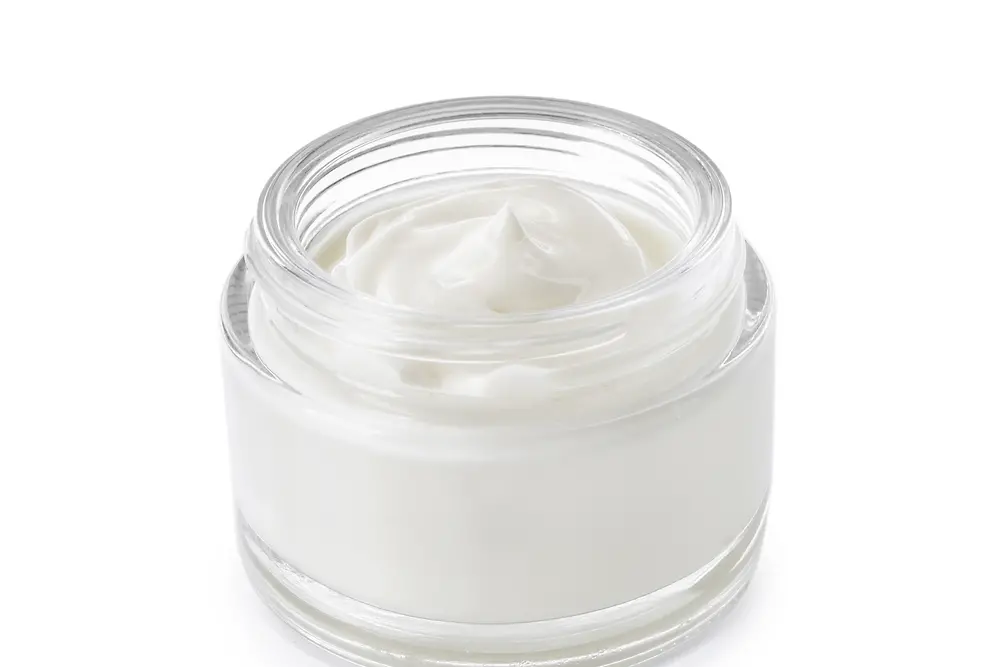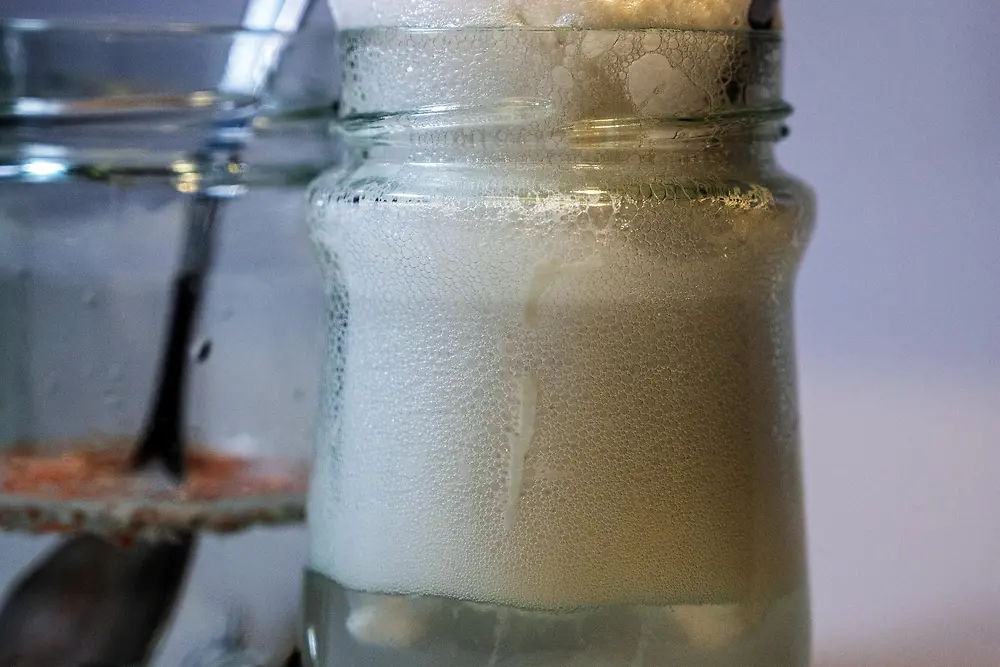Your skin is more than just natural packaging for your body – it is a large organ and contains things like nerve cells, sweat glands and small blood vessels. But how large is the surface of your skin? How can you measure how large your skin surface is?
How large is the surface of your skin?

You will need
- A second person to work with you
- 1 roll of toilet paper
- Masking tape
- Measuring tape or meter stick
Let’s get started!
Did you know?
What’s under the surface of our skin?
Answer:
We can only see the surface of the skin with our eyes. It is an organ made up of several layers. The components of the skin fulfill a variety of functions.
Dermis: The dermis is located between the epidermis and hypodermis. It contains many nerves, blood vessels and other components such as sweat glands.
Hypodermis: The hypodermis forms the lowest layer of the skin. It consists mainly of fat tissue.
Hair: Hair begins in the dermis and extends up to the surface of the skin. It is moved by small muscles and protects us from the sun’s rays and heat loss.
Sebaceous glands: The sebaceous glands are mainly located in the upper part of the dermis and are attached to hair follicles. They form fat that protects our skin and hair.
Epidermis: The epidermis is the outer layer of our skin and so provides a protective barrier from the external environment.
Nerves: The nerves are in the hypodermis and dermis. They allow us to feel touch and pain. Some of them have an oval end.
Blood vessels: Blood vessels supply the skin with nutrients and oxygen.
Sweat glands: The twisted tubes of the sweat glands are located deep in the skin, from where they wind their way up to the surface. Their function is to form sweat.
